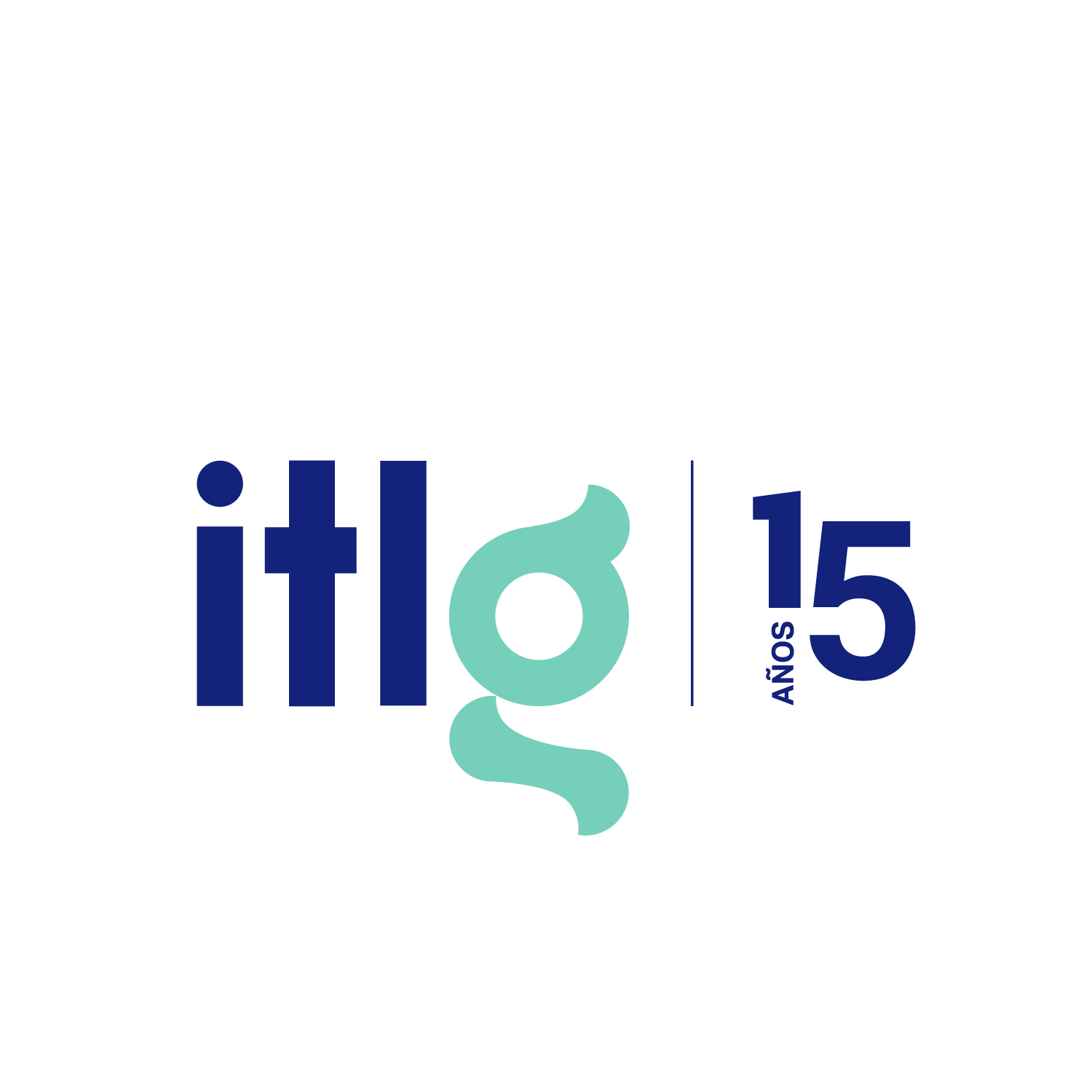In the banking sector, inquiring about what digital transformation is and how to approach this process is no longer just an alternative; it is now a priority in all business models. Taking a step forward when applying technology in order to streamline processes and optimize contact with customers has become essential since the COVID-19 pandemic. What approaches can put us one step ahead on this path? What are the main challenges that the banking industry is facing? All of that, in this article.
What is Digital Transformation?
Digital transformation always involves a process of applying new technologies in an effort to accelerate or optimize processes. But of course, when we talk about digital transformation, we’re discussing a phenomenon that is advancing and redefining itself day by day and differently in each industry. Regardless of the sector that we are considering, digital transformation always involves taking advantage of technological innovations to optimize processes inside and outside of companies, automating tasks and using artificial intelligence for a variety of purposes, from optimizing the user experience to improving the overall performance.
Until some time ago, the focus of digital transformation was mainly on the ability to communicate with the audience quickly and massively, but today that is no longer enough. Especially in the banking sector, considering the speed that automation offers us, it is necessary to add a high level of personalization when interacting with customers. They need to feel like banks interact with them —and only them—, that they are aware of their every preference, instead of feeling like they are part of a group or segment.
Digital Transformation in Banking: Two Challenges Brought by the Pandemic
As we said before, thinking about digital transformation in banking involves much bigger challenges than in any other sector. Not only because the Coronavirus (COVID-19) pandemic greatly accelerated the digitization of processes and communications, but especially because this is an industry in which security in customer contact and information handling is of paramount importance.
Thus, there are two equally important challenges: on the one hand, advancing in the application of new technologies in order to sustain the quality of service provided to customers who no longer visit bank offices, that is, in a market where the vast majority of customers are moving from traditional to digital transactions. To reflect this trend, according to a study conducted by Mastercard, in Latin America and the Caribbean, 78% of consumers say they will continue to choose contactless payments even after the pandemic, a number that rises to 82% among those under 35 years of age.

What does this mean? It means that banking institutions must face this process of digitalization and gradual education of their customers while maintaining the same levels of trust and credibility. The rapid increase in the amount of banking apps, virtual wallets and home banking users must be able to coexist with the reassurance that each customer’s data —and money— is well protected. And of course, the consumer demands are also growing at the same pace as this accelerated digital transformation.
On the other hand, banks must also uphold these quality standards when thinking about continuing to attract new customers whose interactions will be 100% digital from day one, making the trust-building process more difficult and complex. We are talking about users who are torn between multiple digital banking and e-wallet options and who will make their decisions based not only on the benefits that each one offers, but also on the degree of security, credibility and awareness of their preferences that each one provides.
Digital Transformation for Banks: The Era of Personalization
Now that the situation has been presented, the big question that arises could be posed more or less as follows: what is the current scenario when it comes to talking about digital transformation in the banking sector? Well, if we had to sum it up in three essential items, they could be the following:
1) More and more information to manage. Banks tend to have a vast number of customers and handle a large volume of information in a short amount of time and on a daily basis. And while not so long ago this information was focused solely on the core banking or bank management system, the tool used to process customer transaction data and operations, this has changed completely.
Nowadays, each bank also has to manage, in coordination with its core platform, the information coming from peripheral platforms and new digital channels. From banking apps to the conversations that a bank has with its customers through social networks or websites, all of this information must be processed in error-free, risk-free and increasingly faster ways, according to customer demands.
2) Multiple points of contact. Along the same lines, the number of channels through which banks come into contact with customers has increased exponentially, as has —with the pandemic— the number of customers who choose these digital channels. An increasing number of operations, a new channel and a new demand.
3) Personalizing the bond with customers. As we stated above, everyone assumes that the bank keeps track of every conversation, that their preferences are known and that everything is perfectly in order. And that’s how it should be. What’s more, in the midst of digital transformation, banks need to reassure their customers that an interaction initiated on social media is just as important as one initiated traditionally in an office.
Users are no longer content with feeling like they are part of a segment of customers who share more or less similar characteristics; each customer feels like they are a segment on their own, and they must be treated as such in order to have an edge in an ultra-competitive marketplace.
But of course, in the face of all these challenges, there is another question to be answered: what are the innovations that can help us successfully navigate this scenario? Or, in other words, how can a bank take advantage of digital acceleration? Well, let’s move on to that.
Examples and Innovative Approaches to Digital Transformation
- Open Banking: Open Banking consists of using the information that customers agree to share with organizations in a way that is beneficial for them. We previously emphasized the importance of developing strategies 100% focused on customers and offering personalized and agile experiences to each one of them. However, moving information with speed, precision —and security, of course— not only within the same bank, but also across organizations, has become fundamental. Open Banking is what enables the creation of these banking ecosystems, offering simple access to each user’s banking information through an API (Application Programming Interface).
Open Banking not only affects the sharing of information such as balances, transactions or transfers across platforms, but it also affects the very openness of this information. The real impact is that it simplifies the entire connection between customers and the bank, as it enables an easier integration with other apps, with online stores or even with independent virtual wallets. With online banking, the limits can only be defined by the inventiveness of the bank.
- Hyperautomation of processes: When digital transformation increases the amount of information that each bank must handle, it becomes essential to activate the autopilot, that is, the process automation. To put it simply, digital transformation is not possible without automation, starting with the fact that it is essential to provide automated responses to customer demands in real time.
And what does the hyperautomation of processes involve? It is about combining multiple tools, from Machine Learning (ML) to Artificial Intelligence (AI), in order to manage and simplify a variety of processes that used to be complex. What is automation? Automation means configuring a communication based on a customer’s activity in home banking so that an email is sent as soon as a transfer is made; at the same time, it means allowing the system’s machine learning to record each user’s previous activities and generate pre-configured and personalized flows. So, what does this automation allow?
- To carry out more transactions in less time and without errors.
- To streamline the connection with users.
- To comprehensively improve the productivity of an institution.
- Integrating customer interaction: We discussed how digital transformation implies having multiple channels of interaction with customers, which is why it is impossible to think about hyperautomation without integrating these contact channels, which are constantly expanding. When a customer interacts with the bank through its home banking app on their cellphone, that interaction must be recorded in all the other channels.
Customers are no longer willing to wait for notifications or, even less, for answers to their complaints, and so the way to offer these answers in real time is through an effective integration of channels that streamlines the response process and the flow of information across them.
- Bonus track → the internal culture of the company: At ITLG, we often say that the company that makes it is not the strongest; it is the one that best adapts to the changes and new ways of doing business in the digital era. That is why we believe that digital transformation, especially in the banking sector, also involves the people and the culture of each company.
The human factor plays a much more important role than most organizations think because ultimately, no digital transformation process is possible without people who understand the needs of the customers and how to address them. Integrating all points of contact and hyperautomating all processes related to the bank is not enough if the people who are part of that ecosystem are not aligned with that culture, so making them an integral part of the process becomes fundamental.
———–
There is a team of experts ready to help you with your company’s digital transformation in a personalized and comprehensive way. Contact us by clicking here.


